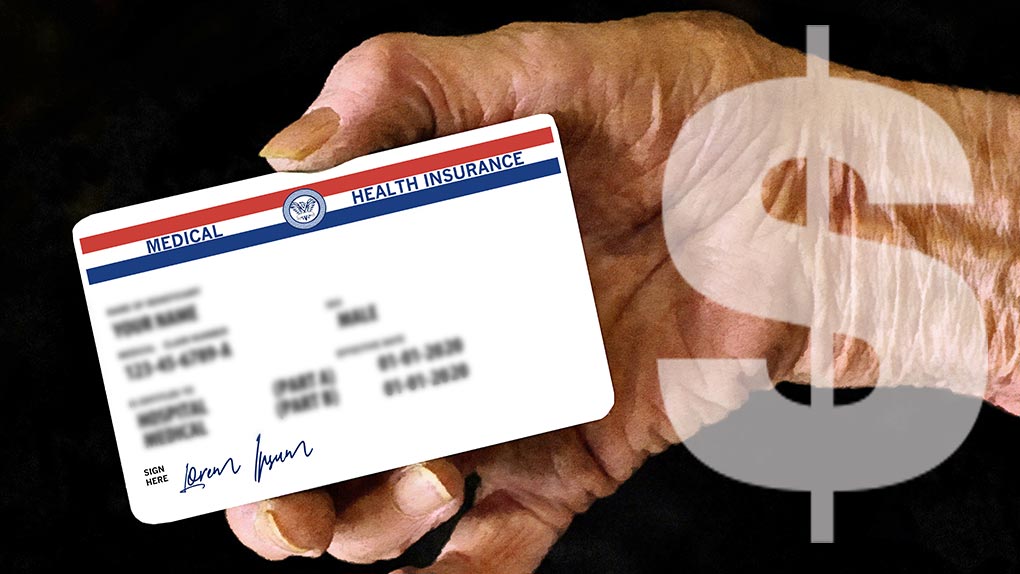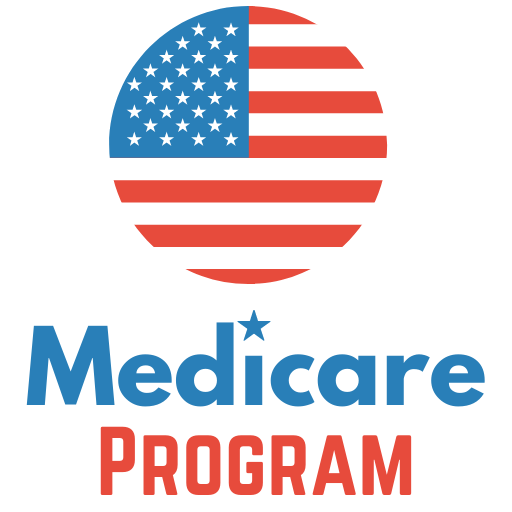
3 Costly Mistakes For Medicare Beneficiaries
Medicare is designed to help beneficiaries save money on health care. But there are three simple mistakes people can make that could end up costing them a fortune, or at least a significant portion of their retirement savings.
Whether you’re new to Medicare, approaching Medicare age, or a seasoned vet, watch out for these common pitfalls.
Error no. 1: Not registered on time
Enrolling in Medicare can save you a considerable amount of money on your medical care, but only if you enroll in time.
Many people are automatically enrolled in Medicare Part A and Part B. However, depending on your circumstances, you may be asked to manually enroll in Medicare.
If you don’t sign up for Medicare Part B during your initial enrollment period (a seven-month window that starts three months before you turn 65) but eventually sign up at a later date, you could be subject to a penalty of 10 percent for every 12 years. one-month period during which you were eligible to enroll in Part B but did not.
And this is not just a one-time fee. The 10 percent late enrollment penalty will apply to your monthly Part B premium while you remain enrolled in Part B.
In 2022, the standard Part B premium is $170.10 per month. So, even if you’re only a year late signing up and didn’t qualify for a Medicare special enrollment period, we’d have an extra $17 a month (10 percent of $170.10) added to your Part B premium. Over the course of a year, your late enrollment penalty would be $204.
Over 10 years, you’ll pay more than $2,000 in late enrollment fees, and that’s without taking into account any increases in your Part B premium.
You can delay enrolling in Part B without penalty if you have health insurance coverage that Medicare considers “creditable.” Insurance provided by your employer or union might count as creditable coverage, but it depends on the size of the organization.
Check with your health insurance provider as well as the federal Medicare program to confirm if your coverage qualifies.
And don’t forget: Medicare Part A (hospital insurance) and Medicare Part D prescription drug plans also have late enrollment penalties.
Error no. 2 : Forget the lack of an out-of-pocket spending limit
Original Medicare (Part A and Part B) does not have an annual out-of-pocket limit. This means you’re responsible for an unlimited amount of copayments and coinsurance for Part A and Part B coverage over the course of a year.
With high medical costs being the number one reason for personal bankruptcy in the US, this could be a vulnerable spot for the average American.
Take a discectomy, for example, which is a common procedure in older adults to relieve back pain. When performed at an outpatient surgery center, a Medicare patient can expect to pay about $2,700 out-of-pocket for a discectomy in 2022.
Fortunately, there are ways to protect yourself.
- Medicare Advantage (Part C) plans sold by private insurance companies often have no monthly premium (although you still pay your monthly Part B premium) and are required by law to include an annual out-of-pocket maximum in the network of no more than $7,550 in 2022 (with many plans offering much lower limits).
- Medicare supplemental insurance plans (Medigap) cover the costs of certain Medicare copayments, coinsurance, and other expenses. Having protection for these out-of-pocket costs can help you save money when you get Medicare-covered care. Some Medicare Supplement plans also include annual out-of-pocket spending limits.
It is important to note that Medicare Advantage plans and Medicare Supplement plans are not the same, and you cannot have each type of plan at the same time.
Error no. 3: Not reviewing your plan options every year
Medicare beneficiaries have the opportunity to switch to a more affordable plan each year, but many don’t take advantage.
Medicare’s annual open enrollment period runs from October 15 to December 7 each fall. You can take several actions during this period, such as switching from one Medicare Advantage or Part D plan to another.
Before fall Medicare open enrollment begins, beneficiaries receive a notice from their current plan carrier that lists details of any cost or coverage changes to their plan for the coming year. With the average beneficiary enjoying access to 39 different Medicare Advantage plans by 2022, it’s a good idea to spend at least a few minutes comparing your plan’s premium to others available in your area to see if you can save by switching.

Comments are closed.